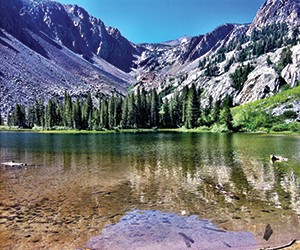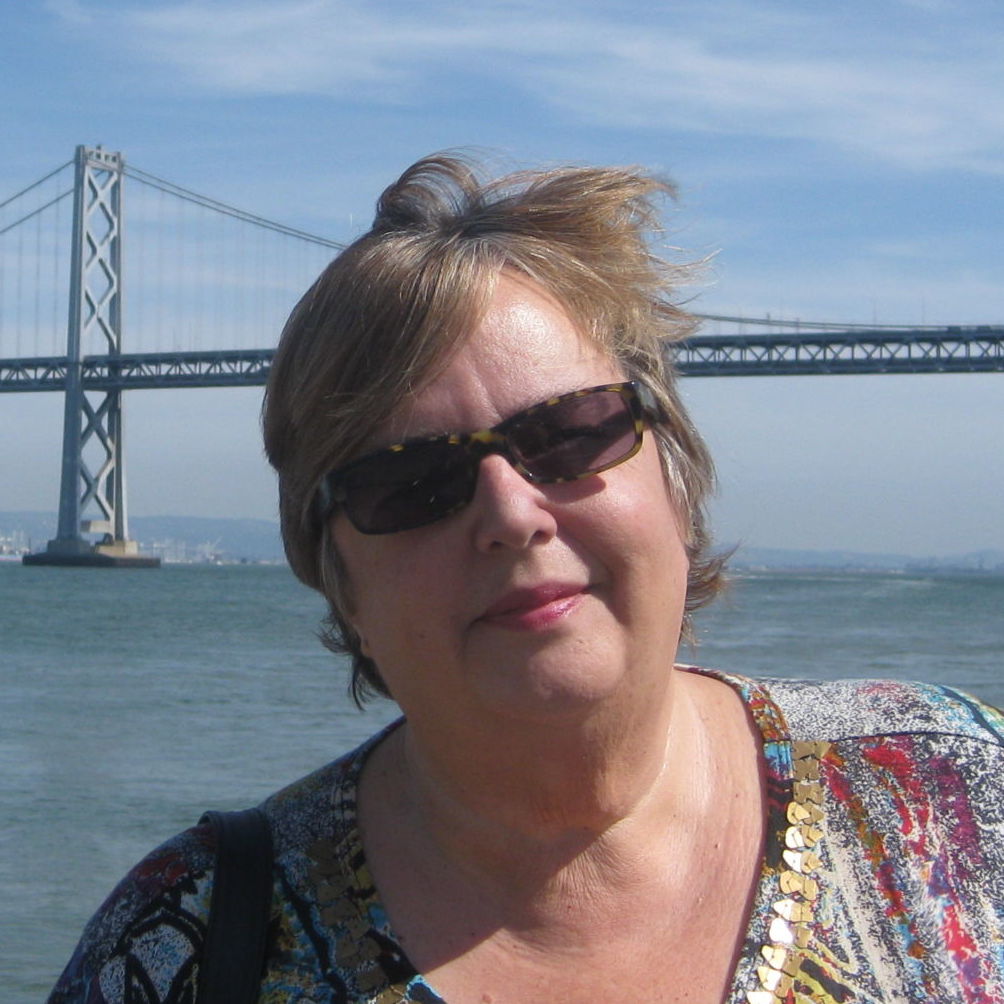While its coastal locations are more often in the spotlight, in many ways the essence of the Golden State really lies inland. The welcoming cities and agricultural bounty of the Central Valley, the pioneer legacy of the Gold Country hill towns and the spectacular alpine peaks and meadows of the High Sierra all contribute to California’s special appeal as a destination.
Sacramento
California’s state capital is in the midst of its largest downtown redevelopment project in several decades, the Golden 1 Center. Scheduled to open in October 2016, the $1 billion mixed-use complex will include a 17,500-seat sports and entertainment arena that will be home to the Sacramento Kings basketball team, residences, offices, retail shops and a 250-room hotel.
The four-block complex will have a major impact on meetings and convention business in Sacramento, both in providing arena space for large groups and adding new entertainment options for attendees, says Steve Hammond, president and CEO of the Sacramento CVB.
“Religious meetings are a huge market for us, so just the arena alone will be a big benefit for this,” he says. “However, the arena will also mean many new sports and entertainment experiences that will benefit anyone coming to town. Plus, the project is acting as a catalyst for a lot of other new development, including hotels and restaurants.”
Just a few steps from the Golden 1 Center, the vacant Marshall Hotel, which originally opened in 1911, is being converted into a Hyatt Place property. The 159-room boutique hotel is expected to open in late 2017.
Sacramento’s main hub for meetings and government business is contained in a compact area where the 384,000-square-foot Sacramento Convention Center, California State Capitol and two 500-room hotels, the Sheraton Grand and Hyatt Regency, are all a short walk from each other. Another feature of the area is the K Street Mall, known as “The Kay,” a pedestrian mall with shops and restaurants.
While state and regional associations have long been the backbone of the city’s convention business, Hammond says national association and corporate meetings are rapidly growing sectors. In recent years, the city has positioned itself as “America’s Farm-to-Fork Capital,” emphasizing its proximity to the agricultural riches of the Central Valley as well as a burgeoning dining scene, which includes the addition of over 16 new restaurants within walking distance of the convention center during the past few years.
“Many visitors come here specifically for the farm-to-fork experience, while first-timers are pleasantly surprised with our food, wine and craft beer scene,” Hammond says. “This initiative has really boosted our national profile.”
Another selling point for Sacramento is its affordability, especially when compared to other major cities in the Golden State, Hammond adds.
“We offer what you expect to find in a great California destination, but without the big price,” he says. “We provide the most affordable big-city experience you can get in California.”
When it comes to off-site venues, Sacramento has plenty of first-rate choices, including the Crocker Art Museum, which recently underwent a $100 million expansion and can accommodate groups of up to 1,200. Other popular options include the California State Railroad Museum and the Aerospace Museum of California, both of which can host receptions in spaces requiring no additional decor.
PageBreak
Peaks and Parks
While best known as a ski destination, the Mammoth Lakes area located south of Yosemite National Park offers year-round adventures, including hiking, ziplining, rock climbing, cycling, fly-fishing and helicopter rides.
“We’re a great destination for smaller groups that are looking for unique, customized experiences,” says Lara Kaylor, media relations director for Mammoth Lakes Tourism. “We also have fun off-site venues, including a new restaurant and event space at the Mammoth Brewing Company.”
While Southern California is the area’s largest feeder market, thanks to year-round flight service from Los Angeles into Mammoth Yosemite Airport, new air service is bringing in a wider spectrum of visitors, including meetings, she says.
“We have seasonal flights from San Francisco and Denver, so this is expanding our market,” she says.
Mammoth Lakes’ main meetings hotels are the 230-room Westin Monache Resort, Mammoth, which offers 2,000 square feet of meeting space, and the Mammoth Mountain Ski Area and Resort, which includes several lodges, restaurants and conference space.
While winter is the high season, with summer not far behind, Kaylor says fall is perhaps the best time to hold a meeting in Mammoth.
“It’s a beautiful, mellow time—with fall colors and the weather is still nice,” she says. “And rates are better than in winter and summer.”
To the north, Yosemite National Park and environs offer several options for meetings, including the historic Ahwahnee Hotel, a 1920s landmark that has six meeting rooms for up to 150 people. More moderately priced, the Yosemite Lodge at the Falls also accommodates functions for up to 150 people. Just outside the park’s southern entrance, Tenaya Lodge at Yosemite is a deluxe resort with 15,000 square feet of meeting space and a full-service spa.
Northwest of Yosemite, Tuolumne County in the historic Gold Country is an up-and-coming meetings destination, with options that include the Black Oak Casino Resort in Sonora and the Evergreen Lodge in Groveland. Set to open on 20 wooded acres in Groveland next spring, Rush Creek Lodge will offer indoor and outdoor meeting space for up to 250 people as well as 143 guest rooms, a restaurant and a guided recreation program.
The region’s wealth of natural and historic attractions, including the Stanislaus National Forest, Railtown 1897 State Historic Park and Columbia State Historic Park, are part of its appeal for meetings, according to Susan Wilson, spokeswoman for the Tuolumne County Visitors Bureau.
“This is a great choice for meetings because of our proximity to the San Francisco Bay Area and the county’s ability to organize activities like a steam engine locomotive train ride, wildflower hikes in Yosemite or hard apple cider tasting and dinner inside the bottling plant,” she says. “You can include a traditional Miwok Indian ritual to open or close a meeting or hire McAvoy Layne, the world’s best impersonator of Mark Twain, to tell stories about the region.”
Valley Cities
South from Sacramento along the Central Valley, cities such as Stockton, Fresno, Modesto, Visalia and Bakersfield offer good value and an array of venues and activities for groups.
Stockton, located about 50 miles south of Sacramento, surprises many visitors with its waterfront location on the California Delta. In the downtown area are the 10,000-seat Stockton Arena, which includes conference rooms that can be configured for groups of up to 500, and the city’s two major meetings hotels, the Hilton Stockton and University Plaza Waterfront Hotel, which has both indoor and outdoor event space. Its options for off-site events include the Haggin Museum, which offers a fine-arts collection in a park-like setting.
“We don’t have a convention center, but we have several great facilities for groups, including the San Joaquin [Robert J. Cabral] Agricultural Center, which has high-tech classrooms, and the Stockton Golf and Country Club,” says Tom Pasisz, director of sports and tourism development for Visit Stockton.
Fresno can comfortably handle groups of 5,000 to 7,000 at the Fresno Convention and Entertainment Center and adjacent Selland Arena. Among the city’s selling points is its close proximity to three national parks, Yosemite, Sequoia and King’s Canyon, which can be visited on day trips.
In Bakersfield, where the newly renovated Rabobank Arena, Theater & Convention Center is supported by over 4,000 hotel rooms, groups will find attractions that include the Bakersfield Museum of Art, Kern County Museum and some of the country’s top Basque restaurants.







